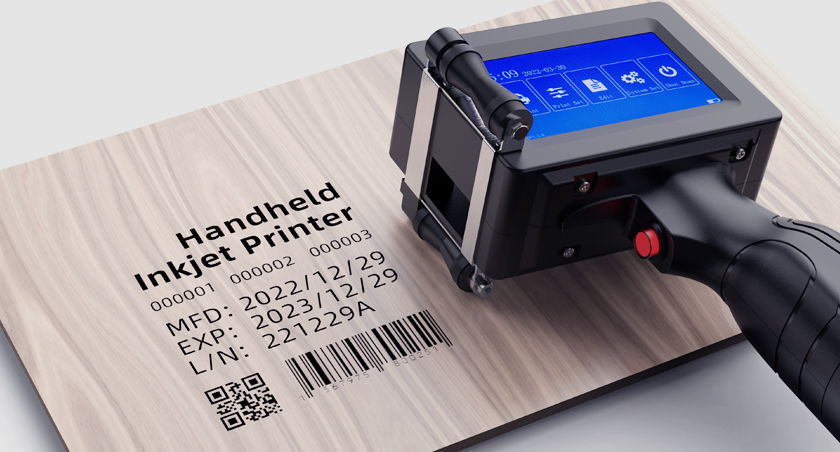Batch codes are integral to nearly every industry when it comes to traceability for production date, time, location and enables you to track down all stages of production, processing and distribution.
How does a batch code look like?
A lot number or batch number is a unique combination of letters, best before date, serial numbers, QR code or barcode that can be used to identify a product’s history of manufacture, processing, packing, and distribution.
Why is a batch code important?
When goods are manufactured or assembled, they are made in batches or lots at a specific assembly plant, on a specific date, with the same materials and an expiry date. In the event of product call due to quality issues or the efficient management of expiry dates, batch number enables you to easily track and access information about a batch of products, from the supply chain right through to the point of sale.
Moreover, batch code allows you to get insight into the quality of your finished goods by daily customer feedback and reviews. This gives you the ability to identify your best and worst suppliers, which gives you greater control over who you’ll purchase your material from.
Which industries use batch number tracking?
Nearly all products derived from organic materials will degrade over time and their expiry dates must be carefully monitored using batch code to ensure the quality of the product and the safety of consumers.
Here we list some common industries that rely on batch tracking heavily.
● Food and Beverage
● Pharmaceuticals
● Toiletries and Cosmetics
● Home and Decor
● Electronics Parts
● Manufacturing
